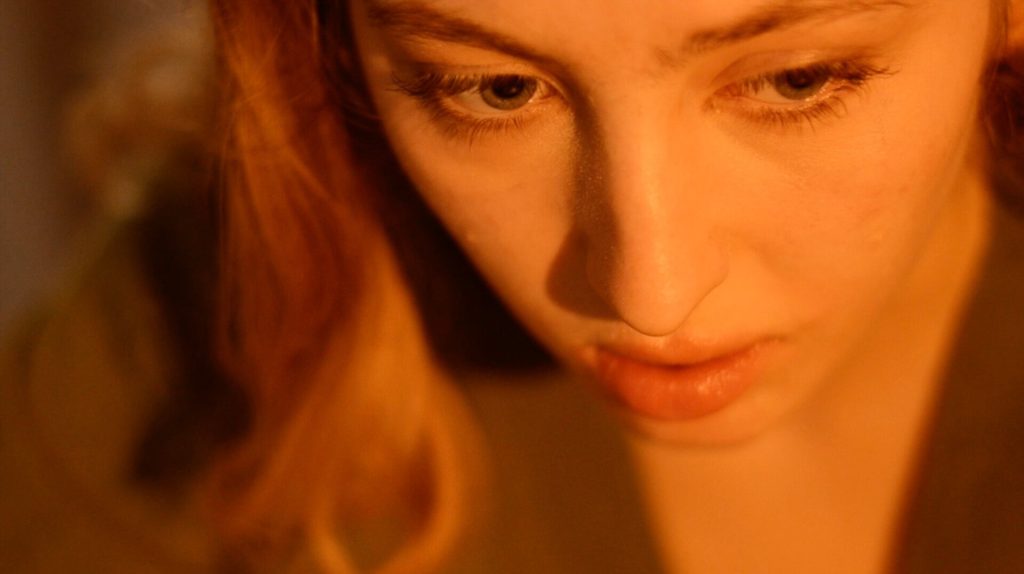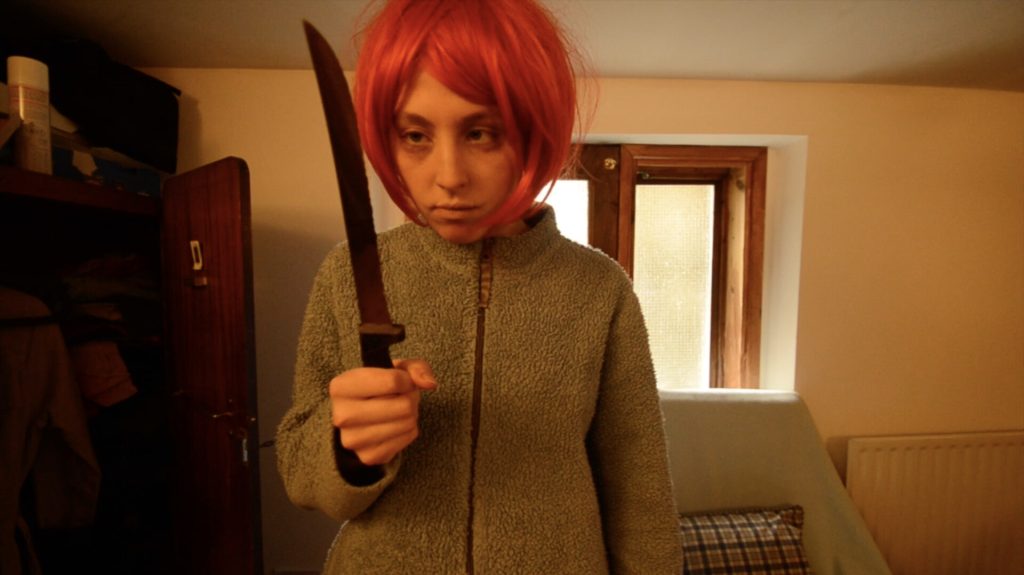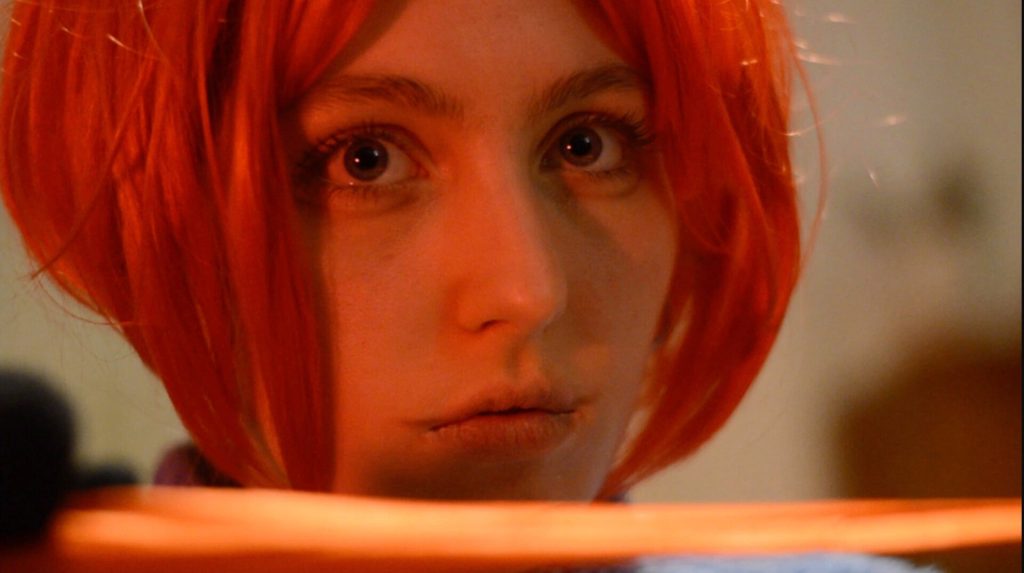A widow employs and gives shelter to an eccentric housemaid in the truly independent film Lady Governess by sixteen-year-old filmmaker Tito Wiley.

It’s always good to see young filmmakers proudly showing off their creations, and it brings a smile to our faces when such films land on our desks here at Screen Critix headquarters. That’s not to say all the films are great (or even good), but everyone has to start somewhere, and experience comes from doing. You don’t need to go to film school to become a great filmmaker. You need to watch and consume as many movies as you can, pick up a camera, and shoot something. Then rinse and repeat until you find out what works and what doesn’t. Most of what you will shoot at a young age will usually be quite poor, just see the partly-shot My Best Friend’s Birthday by Quentin Tarantino, of James Cameron’s Piranha 2 (if he actually did direct that as rumours are the producer did most of the directing). But with time, you may just churn out a good career and some great movies.
Here we have a debut film by Tito Wiley entitled Lady Governess. Instead of going down the usual route of creating short films or even micro shorts, sixteen-year-old Wiley has gone down the road of making a feature film. Armed with just a camera and a microphone, Wiley has created a (quite crazy) 80-minute film with no money. When I say he was armed with just a camera and microphone, I mean it literally. Lady Governess has no other crew members other than Wiley, not even a runner. There are two characters in the film, and both are played by his older sister Lucia Goya Betts. That’s how independent this film really is.

A young widow, named in the credits as Lady of the House (Lucia Goya Betts) has placed an advert in the local papers looking for a live-in housemaid. The advert is answered by Karen (also Lucia Goya Betts, only this time in an orange wig). After giving Karen the job, the Lady of the House goes about her daily routines of sleeping, eating, practicing the piano, and taking brisk walks around the local vicinity. Even though Karen is on the eccentric side (completely bizarre if truth be told), the two seem to get on well and a bond is forged. As the days go by, Karen starts to change in her appearance, with her face aging rapidly, before de-ageing again. Things start to turn even more weird, as the Lady of the House travels to a holiday home to get away for a short while, only for Karen to turn up in the night. The home is apparently a three-hour drive away, but Karen has run the whole way there just to keep the Lady company. Karen’s personality then starts to change, going from warm and sweet to psychotic at the click of a switch, bringing worry and stress to her employer.
Taking over a year to make, which is understandable as Wiley was responsible for every aspect of the film including composing the music (with his sister), Lady Governess is quite an impressive achievement. Of course, there are issues in abundance throughout, but that is to be expected. The handheld camera shots can be a little disorientating, the focus is not always sharp, and when both characters are in the frame, with Karen having her back to us, it is obviously Tito himself wearing the orange wig as he stands a foot taller than his sister with a broader frame. What we do have is two young (ish seeing as Betts is twenty-one) siblings come together to churn out a whole film together, and it looks like they both had a lot of fun making it too, especially Lucia Goya Betts who plays the Lady of the House straight-faced, whilst she portrays Karen hilariously over-the-top.

The issue with making a feature, no matter the budget you have, you will then be in the realm of reviewers comparing your creation to that of full studio productions. Unfair as that sounds, it will always be the way. Fortunately, we at Screen Critix like to be as fair as possible. For a young filmmaker to make Lady Governess with no money, crew, little equipment, and his older sister acting, he has done rather well. Keep going Tito Wiley. Keep going.
Leave a Reply